Your One And Last Bomber Jackets Guide
Like most classic men's clothes, bomber and flight jackets were initially created as exceptionally functional work wear for members of the army.
Bomber jackets are usually referred to as flight jackets, and in actuality, the conditions may be used interchangeably to refer to a single garment. They have got a very long history, come in a wide variety of variants, and are fantastic for casual apparel.
What's a Bomber Jacket?
Now, the"bomber" or"flight" coat is a general term that refers to a pair of garment traits that was initially derived from army difficulty jackets which were issued to employees from the first half of the 20th century. Although the original bomber coat was made to keep the wearer warm in very cold temperatures, many bomber coats today retain lots of the very same attributes that made it so iconic in the first location. The coat is usually made out of leather, sheepskin, or cloth. The coat is cut waist length, is closed with a zipper or buttons, and includes elasticized cuffs and a hem. The collar may be worn flipped up and fastened around the neck to get additional protection against the elements.
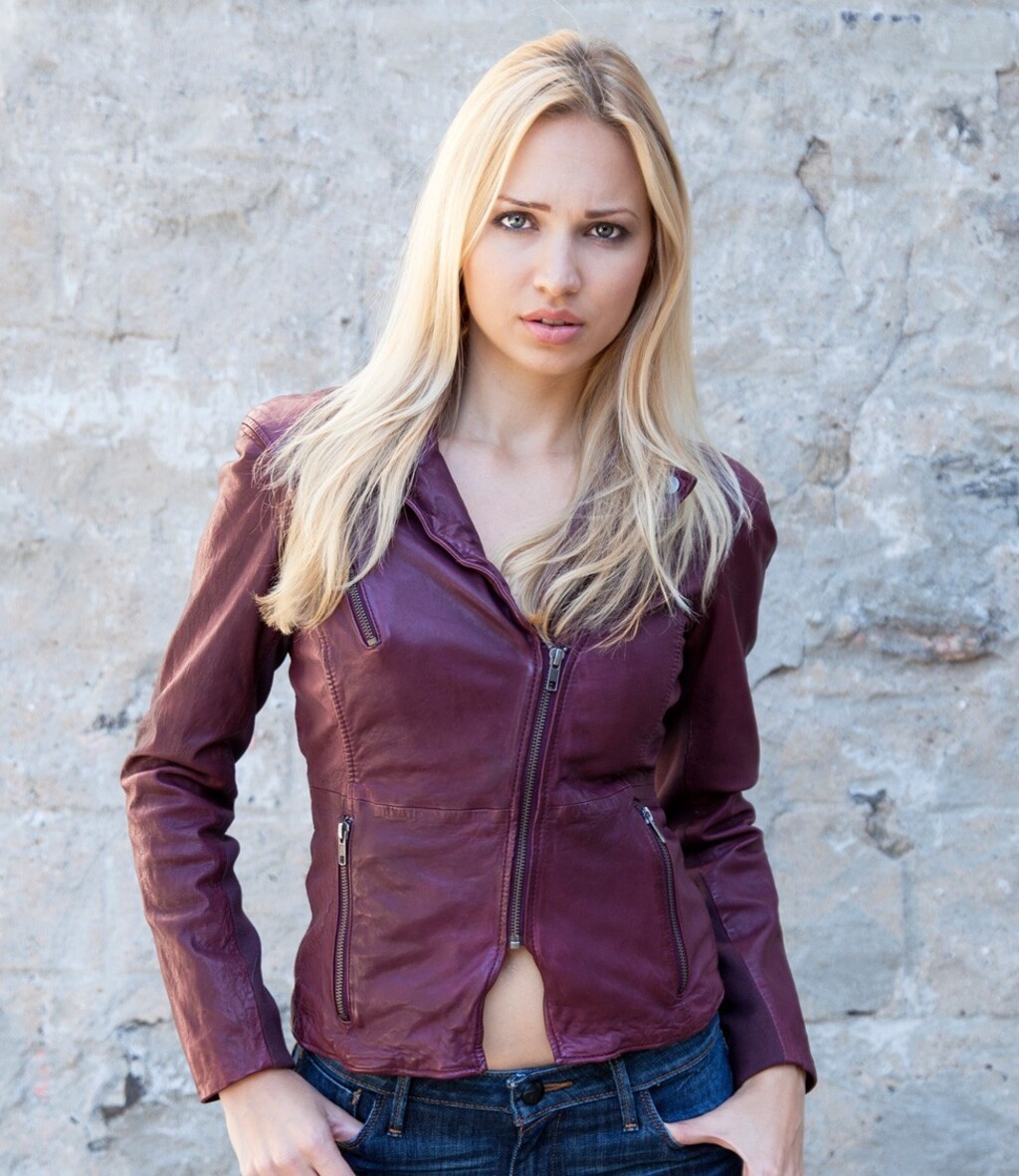
History of this Bomber & Flight Jacket
Like most other military-based clothes, the flight coat was called after its fundamental intent. In the first days of flight following the turn of this century, the most open cockpits of aeroplanes made flying a chilly, windy undertaking. The coat was originally designed by the army to protect pilots from these types of states with thick insulation, tight closures around the waist, wrist, and throat, along with a demanding, weather-resistant exterior. In World War I, the operation substances of this day were natural goods, so flight coats were built of sheepskin, fur, and demanding leathers.
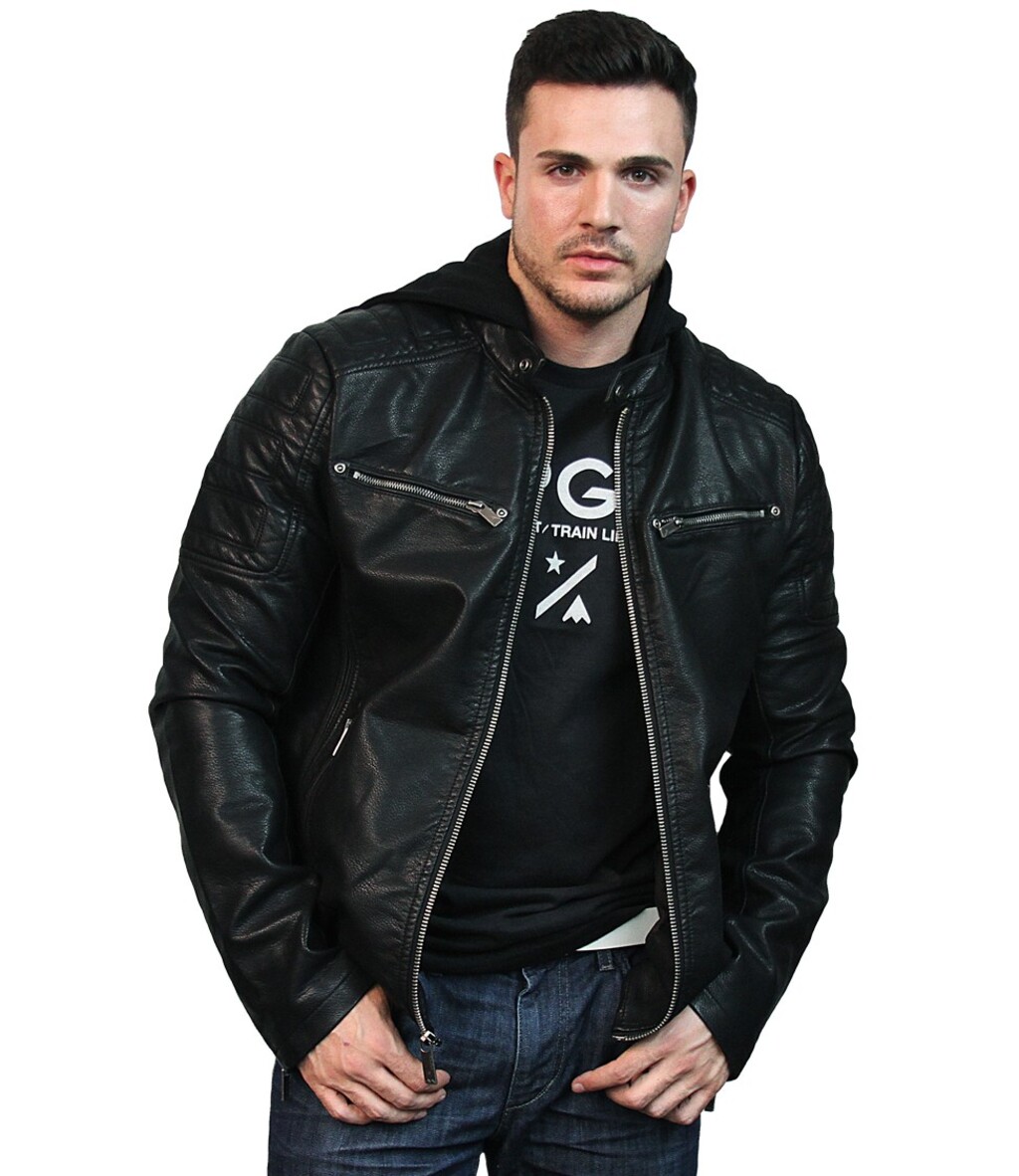
Fantastic improvements were made in flight between the two World Wars. Since the next global battle was put in motion, aeroplanes could rise to higher altitudes, which vulnerable pilots into more extreme states (as low as −50 °C) from the unpressurized, unheated cockpits of long-term aircraft. In reaction to the changing demands of pilots, Leslie Irvin, a British aviator and businessman, made the very first sheepskin flight jacket meant for the extreme conditions found in high altitudes.
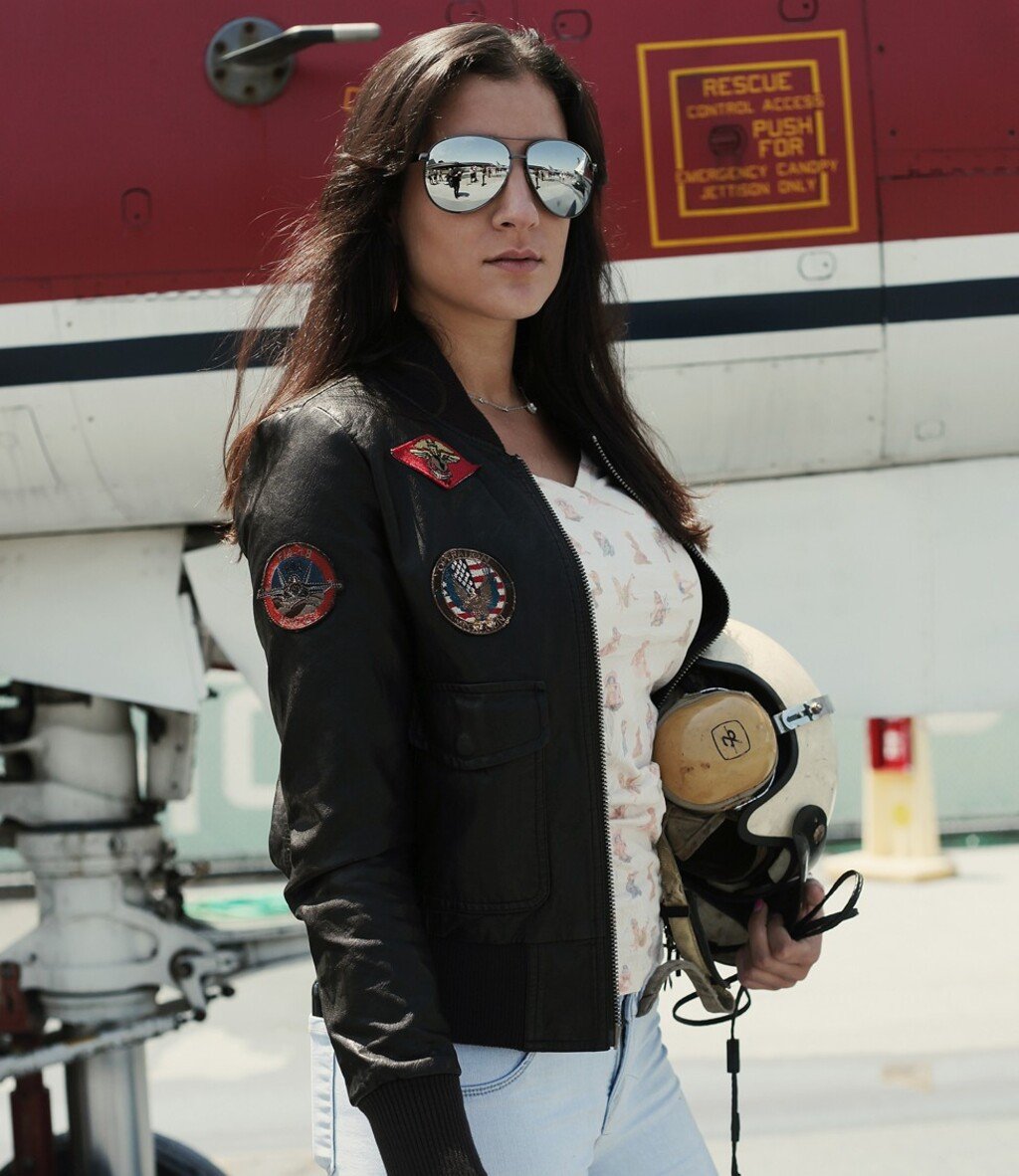
Additionally, aeroplanes were carrying non-navigational team and high-altitude, long-lived bombing raids over Europe had become one of the primary aerial missions of this war. It had been during World War II the flight coat also became known rather as the bomber coat.
Flight and Bomber Jacket Designs
Through time, many distinct iterations and versions of this flight and bomber coat were made. In the united states,"B" coats were usually based on sheepskin, while"A" version coats were leather lined with cotton, wool, or silk.
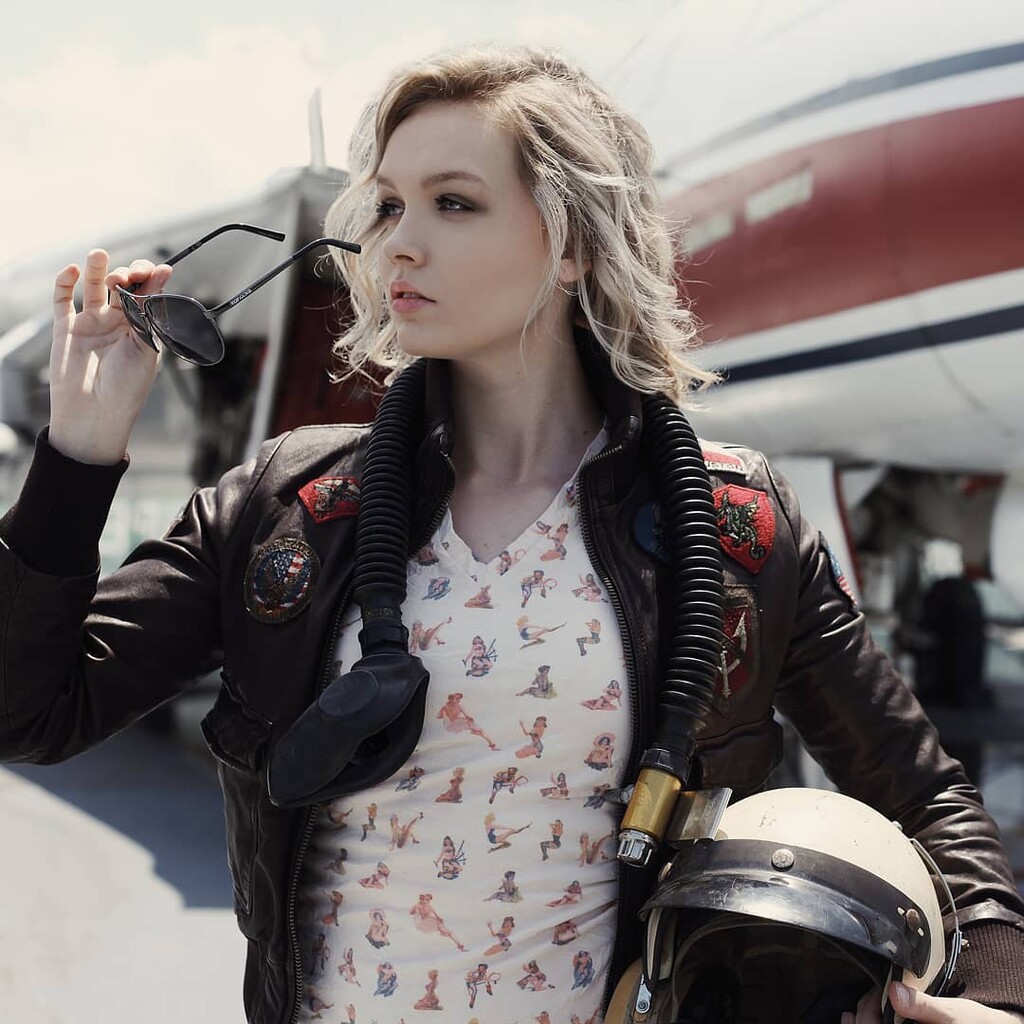
The very first of the famed flight jackets was that the version Sort A-1, that was issued between 1927 to 1931. It had been worn with the flying superstars of the day, such as Jimmy Doolittle. The A-1 was the first coat to incorporate a knitted wool waistband and cuffs, which will place the design standard for flight coats moving forward. Additionally, it featured a capeskin outside (a sort of sheepskin), two flapped cargo pockets, a thick cotton liner, and horn buttons for fastening. The army abandoned capeskin, as it wasn't durable enough to endure the pragmatic purpose that it was made for.
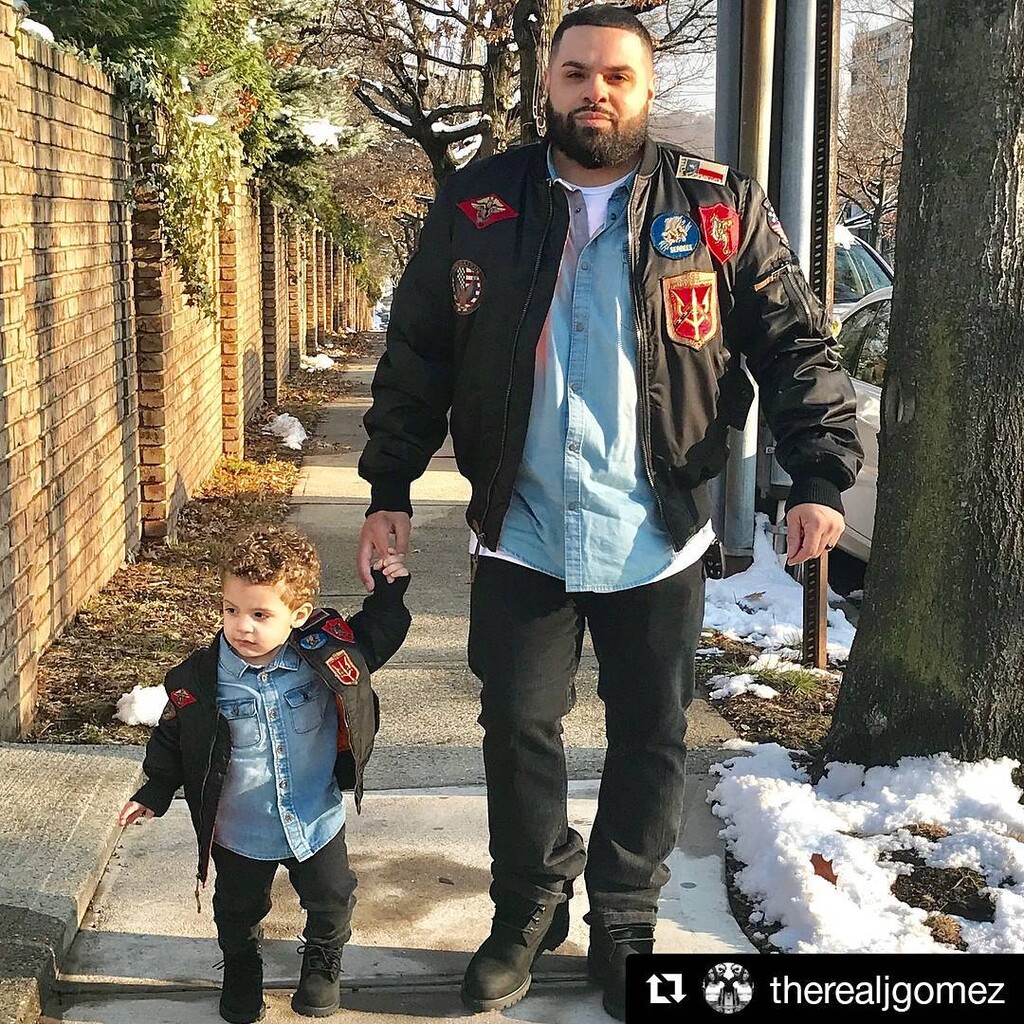
The US Army Air Forces introduced the successor of this Form A-1 walkers coat, the version Type A-2, in 1931. It had been created in by a vast assortment of makers across the US before 1943, therefore many distinct materials and design alterations were used over that moment. Generally, a Form A-2 was assembled of horsehide leather, which was substantially harder-wearing compared to capeskin, and lined with silk.
It was designed for open cockpits, which clarifies the hardy snaps and reinforced pockets. The A-2's collar may be shut entirely so as to shield the wearer by the end and the somewhat slender, practical cut was perfect for its cramped cockpit. Since it became evident that the US would join the struggle in World War II, the requirement for first A-2 materials increased along with also the A-2 specifications were altered to utilize goat cotton and leather linings.
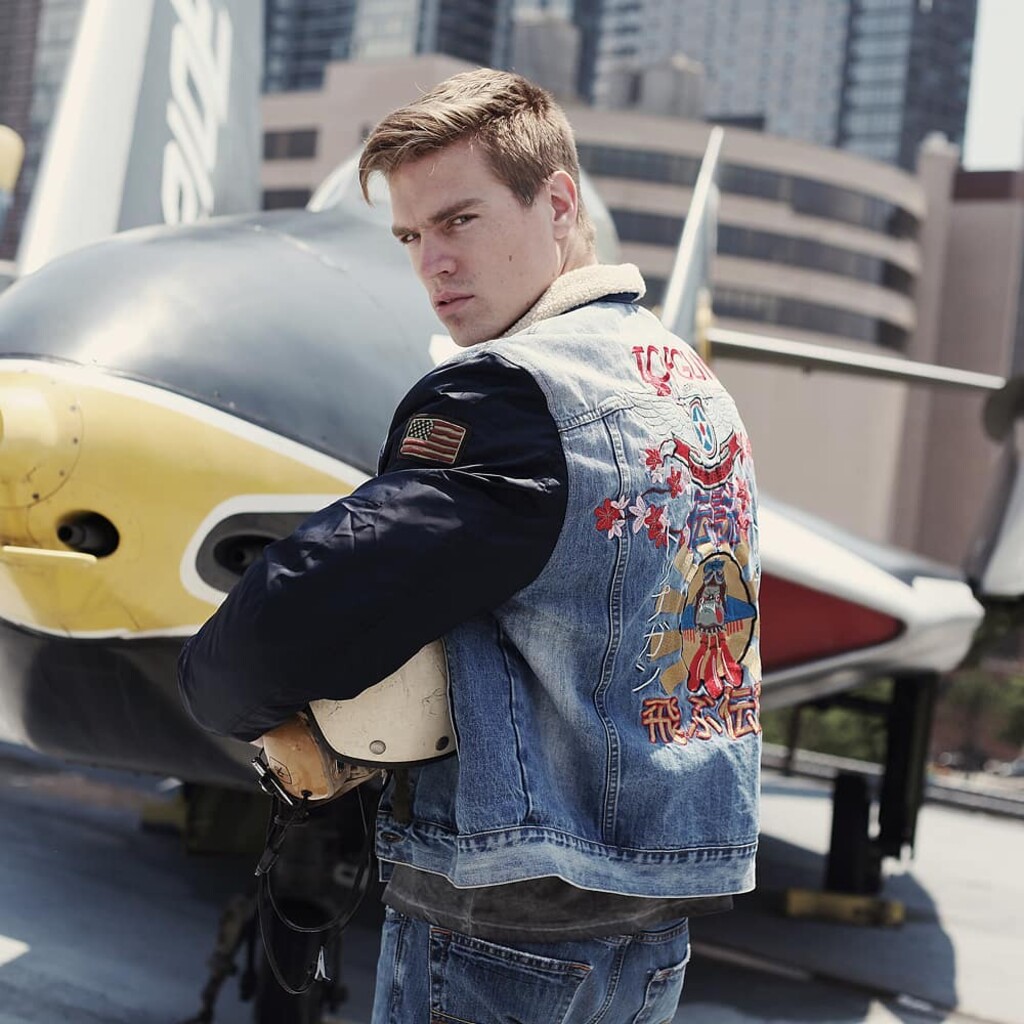
The proprietors of A-2 flight coats were the elite aircrew among army personnel, and they often decorated their coats with art and embroidery detailing their battle exploits. The cache enclosing the A-2 finally carried on to the public, where it turned into a traditional garment coveted by civilians and military personnel alike.
It is still one of the very famous models of flight jackets, together with its replacement the version G-1, decades following its official discontinuation. Though the A-2's successor was initially known as either the version M-422A or the version ANJ-3, the version G-1 is currently the colloquial expression for many versions on a leather flight jacket with or with a fur collar. The coat got its beginning in World War II and has been used widely in a variety of forms in these decades.
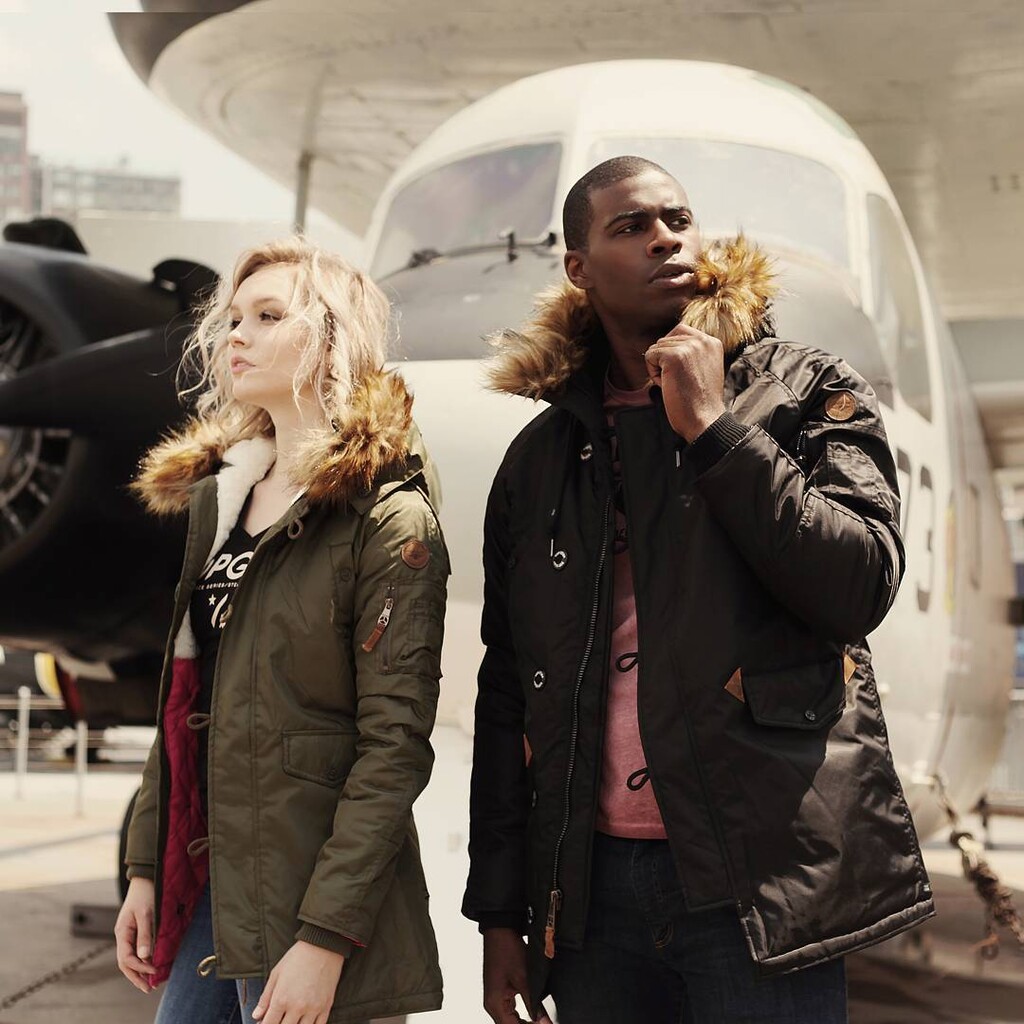
From the early 1930's, the American army took inspiration from Leslie Irvin's sheepskin jacket bomber and made their very own: the B-3. The hefty version B-3 flight jacket featured a broad sheepskin collar with two leather straps which could be utilized to secure it tightly around the throat. The jacket, like it has A-letter cousins, has been altered frequently from the 30's and 40's.
After the cockpits of aeroplanes were shut, the demand for a bulky version of a sheepskin flight coat arose, along with the compact model B-6 coat was the outcome. It featured a thinner cut, just one leather neck latch, and angled slash pockets.
Browse more stylish flight jackets and other fashion accessories at Top Gun Store. Use "LOVE15" coupon code to save additional 15% discount on your purchase.
Text je súčasťou Refresher Blogu, nie je redakčným obsahom. Administrátorov môžete kontaktovať na [email protected].
Chceš vedieť, keď topgunstore pridá nový blog?
Zadaj svoj mail a dostaneš upozornenie. Kedykoľvek sa môžeš odhlásiť.